You are at work. You walk by a meeting room and peek inside. The voices are muffled, but it’s clear they’re shouting. A ‘he’, is shouting. You look closer. Someone – a client, a boss, a supplier, you are not really sure –shouts at one poor person while the others look on embarrassed.
‘What a horrid person’, you think.
You carry on walking the corridor. A corridor lined with meeting rooms. All are empty apart from one near the end, where you glance a flash of blue as you pass. You stop. It’s a man. In shirt-sleeves. Oblivious to the world outside, you see him crouch into the shape of a basketball player ready to shoot. He releases. A ball of tightly scrunched paper arcs through the air towards a refuse bin. You follow the trajectory. It drops straight in – without even touching the sides.
‘Must’ve been a fluke’, you think.
Why do we think the first person’s horrid and the second a fluker? Is this true? Should it be the other way around? In 1986 Kunda and Nisbett pondered these questions.
Affording traits this degree of predictability is insane – it makes no consideration for the environment Jane is in.
Our personality traits – honesty, kindness, anger, punctuality, tardiness, laughter, sadness – are more products of the situation than they are of our disposition. I am angry in a traffic queue, kind when I’m meandering on a lazy summer weekend; I am punctual without children, I laugh with old friends, and am sad after a weepy movie. I am none of those things consistently – I am dependent on my environment.
Affording skills this degree of predictability is perfectly, 100%, sane.
Sane, because you can’t fake it – if you can do it, you can do it. Be that in the office, on the basketball court, or in your backyard. We ‘know’ that skills are not a product of the environment in which they are performed.
Ross and Nesbitt say of this;
“It is thus only for behaviours reflective of personality, and not for behaviours reflective of abilities, that people dramatically overestimate the amount of consistency to be expected . . . “
So it’s no surprise that we think the shouty-man is horrid – we dramatically overestimate consistency, [rightcol]and think the paper basketballer gets a fluke – we need to see more to formulate an aggregate result.

-
- Abilities are observed in fixed, rule-governed environments (the basketball court, for instance) – unlike personality traits
- There is little ambiguity in skills-based samples (you got it in, or you didn’t) – unlike personality traits
- Abilities can often be quantified in some way that enjoys aggregation (fastest, cleanest, purest, longest, etc) – unlike personality traits
I would add a fourth:
- We seem to be more aware of our physical limitations than our cognitive ones. For instance, we avoid the dark for fear of harm. Pinker’s (wonderful) linguistic insight tells us we jump a mile not only at a snake, but at the word ‘snake’. These innate and understood physical limitations do not have parallel cognitive ones; tell someone they follow the behaviour of their neighbours and they’ll tell you it plain doesn’t happen.Our blindspot is our brain, our light-spot is our body.
For the presentation of abilities, I’m afraid you can’t ‘fake it ’till you make it’ – but, instinctively, you already knew that, right?
For more on this speak with us, or have a look at our capabilities
Also, as co-founders and supporters of the London Behavioural Economics Network, join the Meetup group and Facebook group for more details and events
Related Posts
August 13, 2023
Money (but not called that, and how it changes behaviour).
Advertising agencies make a lot of…
August 1, 2023
Reading ease is not as easy as all that – comprehension shows the way
It's easy to make text readable, right?…
July 20, 2023
The ‘Hollywood hello’ – and the importance of context when communicating
When communicating we all like to be as…
1 Comment
Add comment Cancel reply
This site uses Akismet to reduce spam. Learn how your comment data is processed.





There's an interesting study written about by by Jennifer J. Baumgartner, Psy.D. http://www.psychologytoday.com/blog/the-psycholog… that comes from the University of Kansas [Gillath, Bahns, Ge, and Crandall (2012)] which examines the accuracy of first impressions of personality, attachment style, and demographic information based on shoe choices.
Baumgartner says:
"Overall they found that age, gender, income, attachment anxiety, and agreeableness were most accurately predicted."
But these weren't those that they agreed would be significant indicators – consensus was reached around conscientiousness, agreeableness, openness to experience, and extraversion.
We're pretty good at – and think we're pretty good at – assessing agreeableness from a photo of someone's shoes. The rest, we get right but don't think we do, or think we get right but don't.
If the shoe fits, or course . . .